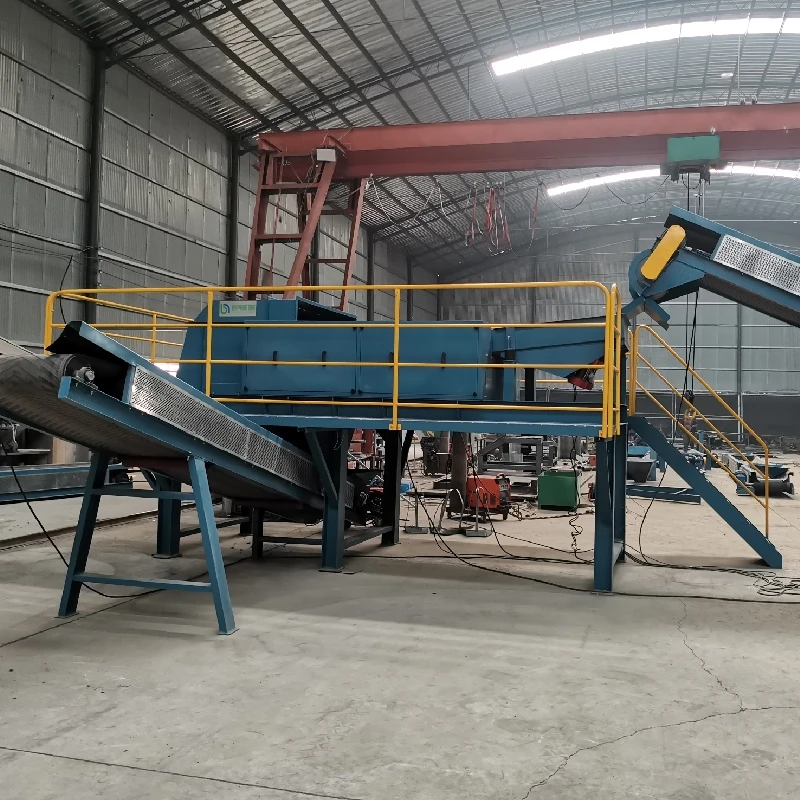

নভে. . 15, 2024 09:07 Back to list
The Solution for E-Waste Management
In today's digital age, electronic waste, or e-waste, has become a pressing global issue. The proliferation of electronic devices such as smartphones, computers, and televisions has led to a significant increase in the amount of e-waste generated. According to the United Nations, approximately 50 million tons of e-waste are produced globally each year, and this figure is projected to rise. The improper disposal of this waste poses severe environmental and health risks. Therefore, effective e-waste management solutions are imperative to mitigate these impacts.
One of the primary solutions for e-waste management is the implementation of a comprehensive recycling program. E-waste contains valuable materials, such as metals and plastics, that can be recovered and reused. By investing in advanced recycling facilities equipped to handle e-waste, we can extract these resources safely. These facilities can also ensure that hazardous substances, such as lead and mercury, are disposed of properly, minimizing the risk of pollution.
Another effective approach is promoting a circular economy. This involves designing electronics with their end-of-life in mind, making them easier to repair, upgrade, and recycle. Manufacturers should be encouraged to create products that are modular and have a longer lifespan. By doing so, consumers can keep their devices longer, reducing the frequency of disposal. Furthermore, manufacturers can implement take-back programs where consumers can return old products for safe recycling.

Education and awareness are also critical components in addressing e-waste. Many consumers are unaware of the environmental impact of improper e-waste disposal. Public campaigns can inform people about safe disposal methods and the importance of recycling e-waste. Schools, communities, and businesses can host workshops and collection drives to encourage responsible e-waste recycling practices.
Finally, governments play a pivotal role in e-waste management. Stronger regulations are needed to govern the disposal of electronic devices and to impose penalties on improper e-waste handling. Incentives can be provided for companies that focus on sustainable practices, including the recycling of e-waste. Collaborating with international organizations can also help establish better global standards for e-waste management.
In conclusion, tackling the e-waste crisis requires a multi-faceted approach involving recycling programs, circular economy initiatives, public education, and robust regulatory frameworks. By working collectively, we can create sustainable solutions for e-waste management that protect both our environment and public health. Through responsible management and innovation, we can turn e-waste into a valuable resource rather than a burden on our planet.
Latest news
Troubleshooting Common Eddy Separator Problems
NewsJul.04,2025
The Role of Metal Recycling Plants in Circular Economy
NewsJul.04,2025
The Impact of Recycling Line Pickers on Waste Management Costs
NewsJul.04,2025
Safety Features Every Metal Shredder Should Have
NewsJul.04,2025
How Industrial Shredders Improve Waste Management Systems
NewsJul.04,2025
How Cable Granulators Contribute to Sustainable Recycling
NewsJul.04,2025